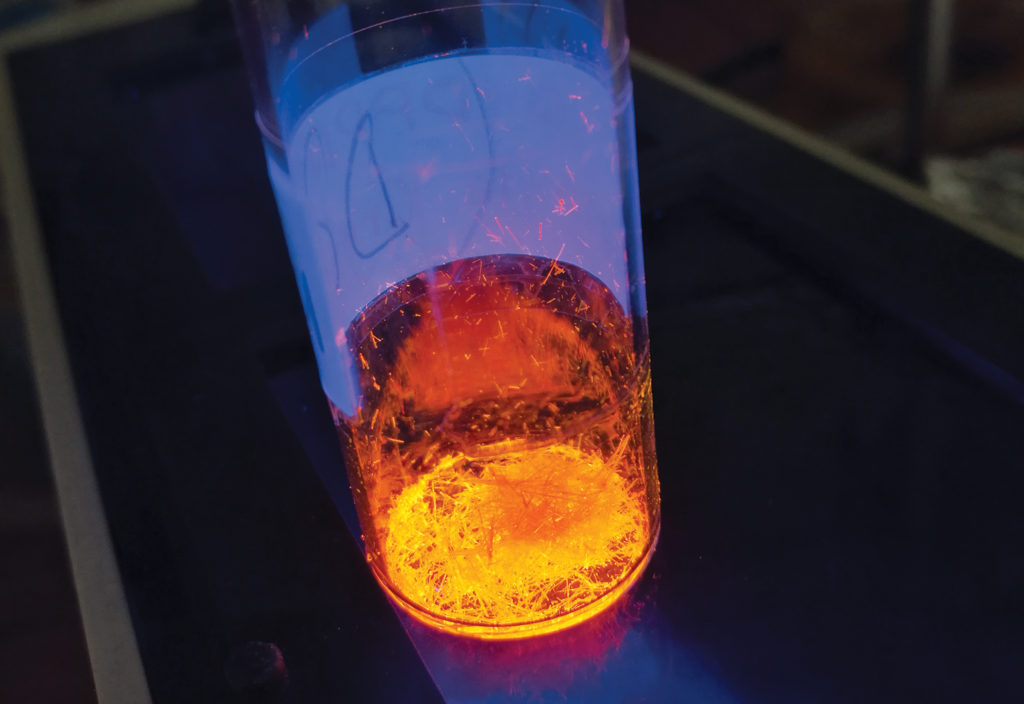Engineers from the Queensland University of Technology have created a semiconductor by combining naphthalene with a pigment best known for its use in Ferrari paint.
The material can be used for electronics and biosensing, and contains Dikotopyrrolo Pyrrole (DPP) pigment — also known as Ferrari Red.
“The dye’s versatility opens its application as an active semiconductor,” said Associate Professor Prashant Sonar, who led the research into the material.
“This new dye is not only capable of exhibiting as a semiconductor in organic transistor devices, but can also be used as important highly efficient charge transport material for perovskite solar cells.”
It is the chemical structure of DPP rather than its striking colour that makes it effective. It can absorb both conducted electrical charge and light energy.
“Conjugated Red pigments are fused aromatic organic compounds which exhibit a crystalline nature due to their easy stacking, which is beneficial for transporting charges when used in various devices,” Sonar said.
“Many of these pigments just happen to be either red or orange because of the conjugation make them, like lycopene or carotene.”
It’s not the first time Sonar has worked with the red pigment; he has also used DPP to produce carbon-based semiconductors.
“I used the pigment to make carbon-based semiconductors for printable and wearable organic electronic devices such as solar cells, transistors, displays, sensors, logic circuits and many more things,” he said.
He has also used Pigment Red 168 — Anthanthrone — to develop low-cost, flexible and printable perovskite solar cells, which could eventually be manufactured as blinds, shade sails clothing.
Sonar said the dye-based material was about five times cheaper than that which is currently used for perovskite.
“Worldwide, people are using Spiro-OMeTAD, a chemical element used to make crystalline solar cells, which costs about $1000 per gram,” he said.
“My research group is trying to reduce the cost of making solar technologies by using orange pigment anthanthrone, which costs about $200 per kilogram.”
Read more on the research in Advanced Materials.

